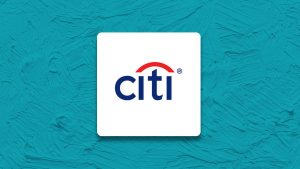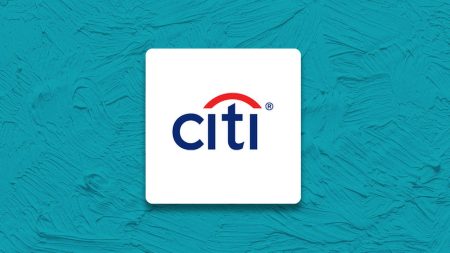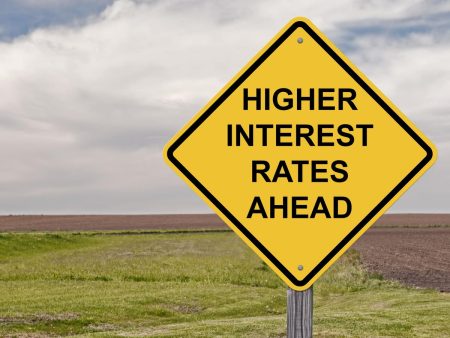Today’s housing market is ever evolving. And to navigate it successfully, it is crucial to understand the dynamics at play. From record low interest rates to rapid rate hikes throughout 2022 and 2023 – it’s clear that we are starting to see a reset of the U.S. housing and economic environment.
Assessing the different opportunities within the current market comes with a lot of complexities. Some key things to consider include:
Interest Rates and Affordability
The landscape of the U.S. housing market has been significantly influenced by the fluctuation of interest rates. Historically, interest rates have experienced highs and lows that impact affordability and buyer behavior. For instance, the recent period of low interest rates made homeownership more accessible, fostering a sense of urgency to lock in rates before they rise. But that didn’t last long, and with the growing need to tame inflation, interest rates rose consecutively, introducing a new level of complexity for potential buyers who were now looking to purchase properties at an inflated price and at a higher interest rate.
The normalization of interest rates is an important aspect to consider. It signals a return to more stable economic conditions but also requires a recalibration of expectations around affordability. We are not in a high-rate environment historically, just at the higher relative of the past decade, which consumers and businesses must take into consideration.
Supply and Demand Imbalances
The current state of the housing market is driven by a few different things, but the lack of inventory is what is keeping property prices high in many states across the country. According to estimates from Freddie Mac, “the country is short about 3.8 million units of housing, both for-rent and for-sale – meaning there aren’t enough homes to keep up with the number of new households that are forming.”
In regions like New York, New Jersey, and Florida, for example, this disparity has led to robust market conditions characterized by high demand and low inventory, subsequently driving up prices. That said, this highlights the importance of strategic decision-making when entering the market.
The recent proposal by President Biden to introduce a new housing tax credit aimed at easing “golden handcuffs” illustrates the government’s recognition of these complexities and its efforts to address them. The credit aims to loosen up the housing supply and create more inventory at the bottom of the market. That, paired with the possibility of even lower mortgage rates, could help ease the market entirely.
Housing as an Investment
Real estate remains one of the most reliable assets, providing buyers with a tangible safeguard against future cost increases. The benefits of owning property extend beyond mere possession; it’s a strategic move that can offer financial security and has great potential for equity growth. In the past ten years, the average price of a house sold in the US increased by 58%. In a normalized interest rate environment there are also opportunities to have better access to that equity, and property owners can refinance without sacrificing their current rate, giving them access to the equity, further underscoring the importance of real estate as a sound investment.
Economic Confidence and the Impact on Housing
The housing market is intrinsically linked to broader economic confidence, heavily influenced by employment stability. Comparing current conditions to past crises, it’s evident that a robust job market contributes significantly to maintaining consumer confidence.
++
Navigating the U.S housing market requires an understanding of the economic implications at play. From recognizing the significance of interest rates and affordability to paying attention to how supply and demand imbalances are impacting the market, each factor is key in shaping the landscape. Consumer confidence, buoyed by employment stability, further influences housing decisions, highlighting the interconnectedness of the market and broader economy. Moving forward, individuals and businesses alike must adapt their strategies and expectations to thrive in this changing lending environment, ensuring they remain well-positioned to capitalize on future opportunities.
Read the full article here










